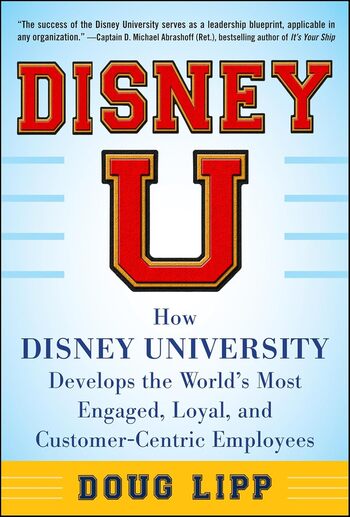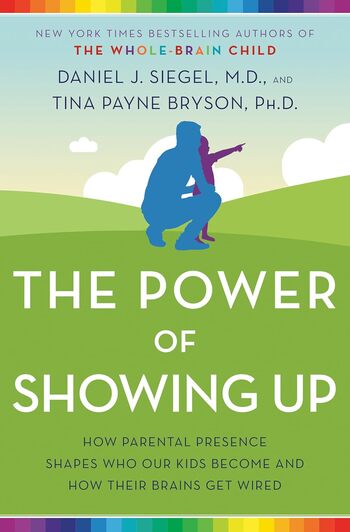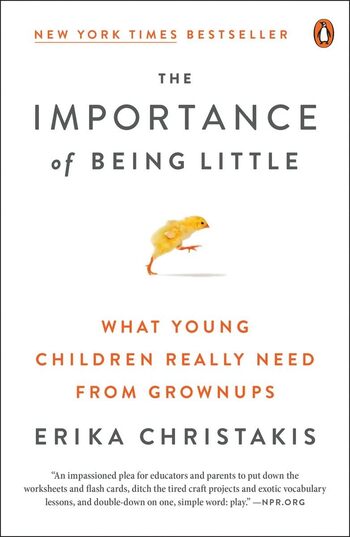
Learned Optimism by Martin Seligman explores how adopting an optimistic mindset can transform lives. It contrasts learned helplessness with optimism, illustrating how explanatory styles influence our perception and response to challenges.
Main Lessons
- Optimism can be cultivated; it’s a skill like any other and can improve with practice.
- Learned helplessness occurs when individuals believe they are powerless, often leading to depression.
- Pessimist thinking, a default brain mechanism, can be replaced with optimism through persistent effort.
- Explanatory style is key; how we interpret life’s events defines our optimism or pessimism.
- Temporary vs. permanent: Optimists view problems as temporary, pessimists see them as enduring.
- Pervasiveness: Optimists see problems as limited to certain areas of life, pessimists perceive them as all-encompassing.
- Personalization: Optimists don’t blame themselves for bad events; pessimists do, limiting their potential.
- Optimism fuels persistence, which breeds success by exposing more opportunities.
- Define clear goals to connect with what you desire and fuel optimistic thinking.
- Awareness of negative conditioning can reignite optimism, like lighter fluid to a dying fire.
- Regularly envisioning future goals enhances motivation and drives action.








